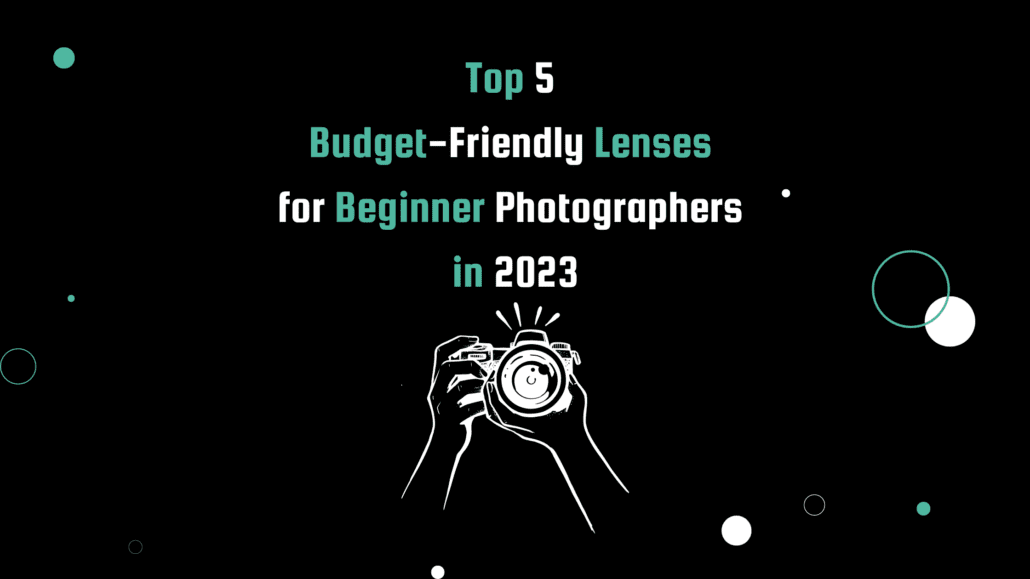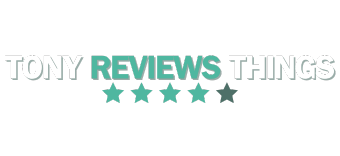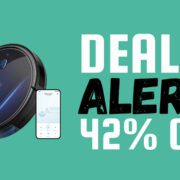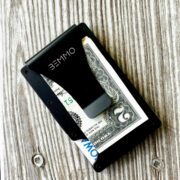Top 5 Budget-Friendly Lenses for Beginner Photographers in 2023

Remember the first time you tried to capture the perfect photo, only to find your kit lens just wasn’t cutting it? You’re not alone. Many beginner photographers face the challenge of choosing the right lens to elevate their craft without breaking the bank. This article is here to guide you through the lens selection process and help you discover budget-friendly lenses that deliver great results.
Key Factors to Consider When Buying Budget-Friendly Lenses
When selecting a lens, it’s crucial to consider factors such as focal length, aperture, image stabilization, and build quality. For example, a wider focal length (e.g., 24mm) is ideal for capturing landscapes, while a longer focal length (e.g., 85mm) is better for portraits. Aperture determines how much light enters the lens, with wider apertures (e.g., f/1.8) allowing for better low-light performance and background blur. Image stabilization helps reduce camera shake, and build quality ensures durability and longevity. Research and understand these factors to make informed decisions based on your photography needs.
Prime Lenses vs. Zoom Lenses
Prime lenses have a fixed focal length, offering sharper images, better low-light performance, and a lighter build. However, they may require you to move around more to compose your shots. Zoom lenses provide versatility with a range of focal lengths but may have variable apertures and be heavier. For example, a 24-70mm zoom lens offers more framing options but may not perform as well in low light as a 50mm prime lens with a wider aperture. Consider the pros and cons of each lens type to determine which best suits your shooting style and preferences.
The Top 5 Budget-Friendly Lenses
Canon EF 50mm f/1.8 STM
The Canon 50mm f/1.8 STM is a popular prime lens for its affordable price, compact size, and excellent image quality. It performs well in low light conditions due to its wide aperture. However, its fixed focal length can be limiting for some situations, such as tight spaces or when photographing subjects at a distance. Users appreciate its sharpness and smooth bokeh for portrait photography. As a practical tip, use the lens for portraits or low light situations to maximize its potential.
Buy on Amazon: CLICK HERE
Nikon AF-S DX 35mm f/1.8G
This 35mm prime lens is designed for Nikon DX-format cameras and offers a versatile focal length suitable for various photography genres, from street to portrait. Its f/1.8 maximum aperture provides excellent low light performance and shallow depth of field. Some users might find the autofocus a bit noisy, but the lens is praised for its sharpness and compact size. For practical usage, experiment with different apertures to achieve the desired depth of field and background blur.
Buy on Amazon: CLICK HERE
Sigma 17-50mm f/2.8 EX DC
The Sigma 17-50mm f/2.8 is a versatile zoom lens that covers a wide range of focal lengths, making it suitable for various photography styles. It features a constant f/2.8 aperture, allowing for better low light performance and more control over depth of field. The main drawback is its weight and size compared to prime lenses. Users appreciate its sharpness and build quality. To make the most of this lens, use it for travel or events where you need a versatile focal range without constantly switching lenses.
Buy on Amazon: CLICK HERE
Tamron 70-300mm f/4-5.6 Di
This telephoto zoom lens offers a great focal range for capturing subjects at a distance, such as wildlife or sports photography. Its main limitation is its variable aperture (f/4-5.6), which can make low light shooting more challenging. Users praise the lens for its value for money, image stabilization, and decent image quality. For practical use, consider using a tripod or monopod to ensure sharp images, especially when shooting at the longer end of the focal range.
Buy on Amazon: CLICK HERE
Tokina AT-X 11-16mm f/2.8
The Tokina 11-16mm f/2.8 is an ultra-wide-angle zoom lens, ideal for landscape, architecture, and interior photography. Its constant f/2.8 aperture allows for better low light performance and control over depth of field. However, distortion can be an issue at the widest focal lengths, and the lens is not compatible with full-frame cameras. Users appreciate the build quality and sharpness, but note that the autofocus can be noisy. To maximize the potential of this lens, use it for wide-angle shots that emphasize perspective and depth, and consider manual focus to ensure accurate focusing.
Buy on Amazon: CLICK HERE
TL;DR
| Lens | Focal Length | Maximum Aperture | Type | Price Range |
|---|---|---|---|---|
| Canon EF 50mm f/1.8 STM | 50mm | f/1.8 | Prime | $100-150 |
| Nikon AF-S DX 35mm f/1.8G | 35mm | f/1.8 | Prime | $150-200 |
| Sigma 17-50mm f/2.8 EX DC | 17-50mm | f/2.8 | Zoom | $350-650 |
| Tamron 70-300mm f/4-5.6 Di | 70-300mm | f/4-5.6 | Zoom | $500-600 |
| Tokina AT-X 11-16mm f/2.8 | 11-16mm | f/2.8 | Zoom | $400-600 |
FAQ’s
How can I maintain and clean my lenses?
Regularly clean your lenses using a microfiber cloth or a lens cleaning solution. Avoid using harsh chemicals or abrasive materials that could damage the lens coatings. When not in use, store your lenses in a protective case or padded bag.
Are third-party lenses as reliable as those from major brands?
Many third-party lens manufacturers, such as Sigma, Tamron, and Tokina, offer quality lenses that often match or even surpass the performance of major brand lenses. However, compatibility and autofocusing performance may vary. Always read reviews and test the lens with your camera before making a purchase.
Will my lens be compatible with my camera?
To ensure compatibility, check that the lens mount matches your camera’s mount. For example, Canon EF lenses are compatible with Canon EF-mount cameras. Additionally, consider whether the lens is designed for full-frame or crop sensor cameras, as this may affect its performance and field of view.
Is the warranty for budget-friendly lenses reliable?
Warranties for budget-friendly lenses vary by manufacturer. Some offer limited warranties, while others provide more comprehensive coverage. Always read the warranty terms and conditions before purchasing a lens and consider the manufacturer’s reputation for customer service.
Conclusion
Selecting the right lens is crucial for enhancing your photography skills and achieving the desired results. By considering factors such as focal length, aperture, and lens type, and exploring budget-friendly lenses like those listed in this article, you’ll be well-equipped to make an informed decision. Remember that practice and experimentation are key to honing your craft. I encourage you to apply the knowledge you’ve gained and continue exploring resources to further develop your skills. As always, feel free to engage with our community for additional guidance and support.
And, if you’re still in the mood to shop, check out my roundup of the best cameras under $1000.
Happy shooting!
Tony has a bachelor’s degree from the University of Phoenix and over 11 years of writing experience between multiple publications in the tech, photography, lifestyle, and deal industries.











Leave a Reply
Want to join the discussion?Feel free to contribute!